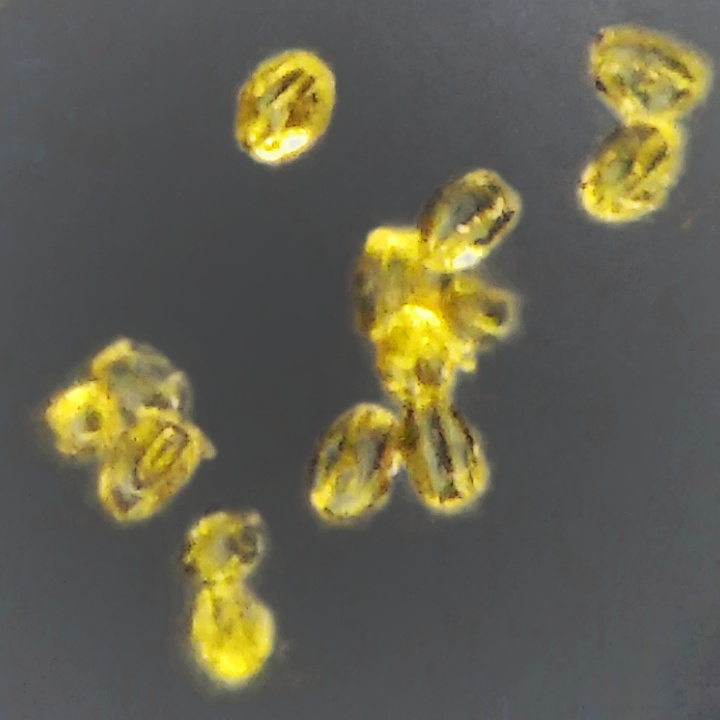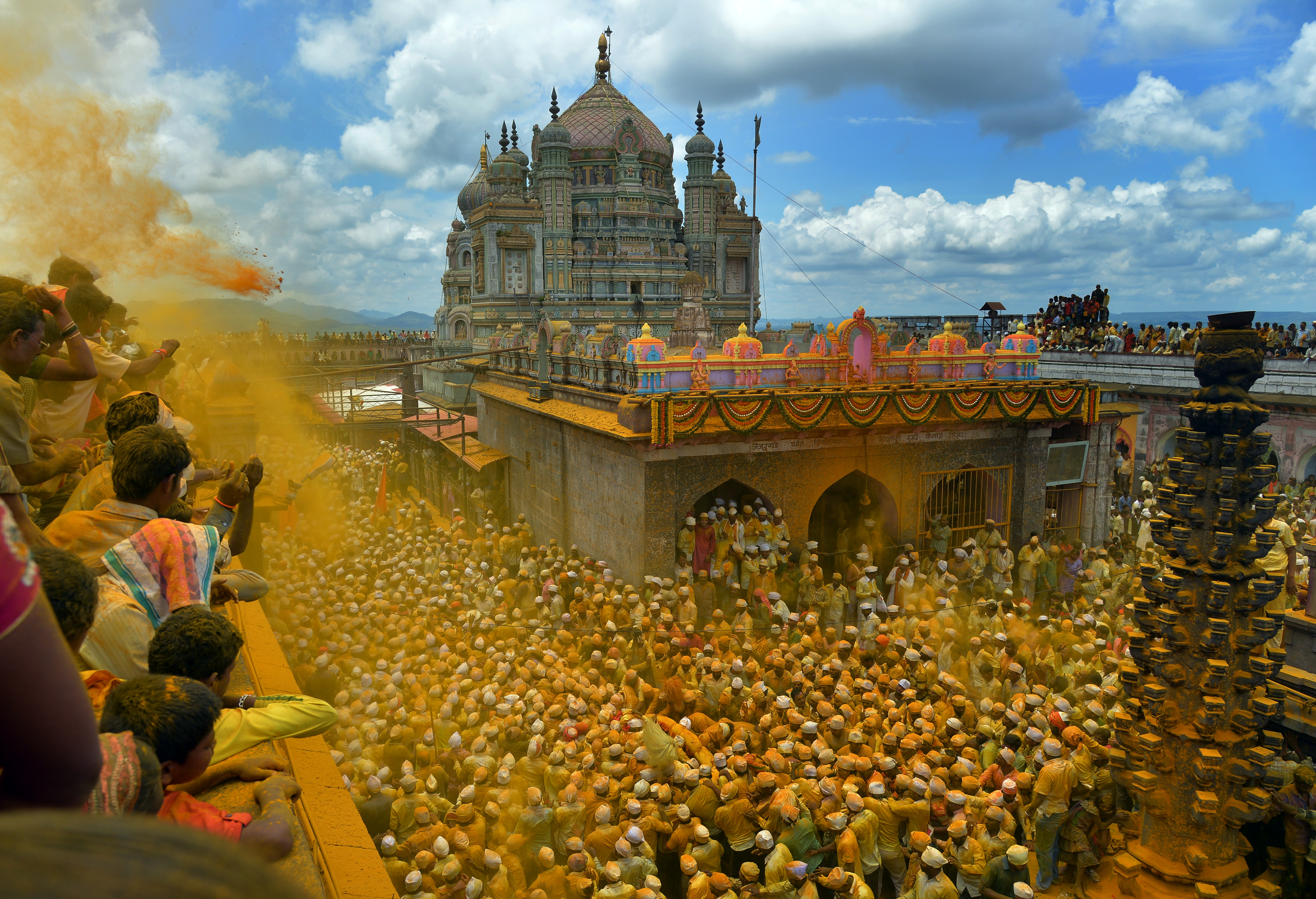|
Dhauti
Dhauti is one of the Shatkarmas (or Shatkriyas), which form the yogic system of body cleansing techniques. It is intended mainly to the cleaning of the digestive tract in its full length but it affects also the respiratory tract, external ears and eyes. According to the 18th century ''Gheranda Samhita'',Dhauti - Internal Cleansing in , a publication of it is divided into four parts: Antara (internal) Dhauti, Danta (teeth) Dhauti, Hrida (cardiac or chest region) Dhauti and Mula Shodhana (rectal cleansing). [...More Info...] [...Related Items...] OR: [Wikipedia] [Google] [Baidu] |
Shatkarma
The shatkarmas (Sanskrit: षटकर्म ''ṣaṭkarma'', literally ''six actions''), also known as shatkriyas,Shatkarmas - Cleansing Techniques in Yoga Magazine, a publication of are a set of purifications of the body, to prepare for the main work of yoga towards (liberation). These practices, outlined by |
Gheranda Samhita
''Gheranda Samhita'' (IAST: gheraṇḍasaṁhitā, घेरंडसंहिता, meaning “Gheranda's collection”) is a Sanskrit text of Yoga in Hinduism. It is one of the three classic texts of hatha yoga (the other two being the '' Hatha Yoga Pradipika'' and the '' Shiva Samhita''), and one of the most encyclopedic treatises in yoga.B. Heimann (1937)Review: The Ǧheraṇda Saṁhitā. A Treatise on Haṭha Yoga by Śrīś Chandra Vasu The Journal of the Royal Asiatic Society of Great Britain and Ireland, Cambridge University Press, No. 2 (Apr., 1937), pp. 355-357 Fourteen manuscripts of the text are known, which were discovered in a region stretching from Bengal to Rajasthan. The first critical edition was published in 1933 by Adyar Library, and the second critical edition was published in 1978 by Digambarji and Ghote. Some of the Sanskrit manuscripts contain ungrammatical and incoherent verses, and some cite older Sanskrit texts. It is likely a late 17th-century te ... [...More Info...] [...Related Items...] OR: [Wikipedia] [Google] [Baidu] |
Yoga Magazine
The Bihar School of Yoga is a modern school of yoga founded and developed by Sri Swami Satyananda Saraswati in Munger, Bihar, India, in 1963. The system of yoga taught at the school is recognized worldwide as Bihar Yoga or the Satyananda Yoga tradition. In 2019, the school was awarded the Prime Minister’s Award for Outstanding Contribution Towards Promotion and Development of Yoga. History Swami Satyananda inaugurated the Bihar School of Yoga (BSY) on 19 January 1964, Vasant Panchami, by lighting the akhanda jyoti (eternal flame) as a dedication to his guru, Swami Sivananda Saraswati. The school became a centre of Yoga training from the mid-1960s: Regular fifteen-day and one-month courses were conducted in Munger, as well as a six-month sadhana course and a nine-month International Teacher Training course in 1967. In 1968, to propagate the school's teachings, Swami Satyananda went on his first world tour to Malaysia, Singapore, Australia, Japan, USA, Canada, England, France, ... [...More Info...] [...Related Items...] OR: [Wikipedia] [Google] [Baidu] |
Bihar School Of Yoga
The Bihar School of Yoga is a modern school of yoga founded and developed by Sri Swami Satyananda Saraswati in Munger, Bihar, India, in 1963. The system of yoga taught at the school is recognized worldwide as Bihar Yoga or the Satyananda Yoga tradition. In 2019, the school was awarded the Prime Minister’s Award for Outstanding Contribution Towards Promotion and Development of Yoga. History Swami Satyananda inaugurated the Bihar School of Yoga (BSY) on 19 January 1964, Vasant Panchami, by lighting the akhanda jyoti (eternal flame) as a dedication to his guru, Swami Sivananda Saraswati. The school became a centre of Yoga training from the mid-1960s: Regular fifteen-day and one-month courses were conducted in Munger, as well as a six-month sadhana course and a nine-month International Teacher Training course in 1967. In 1968, to propagate the school's teachings, Swami Satyananda went on his first world tour to Malaysia, Singapore, Australia, Japan, USA, Canada, England, Fra ... [...More Info...] [...Related Items...] OR: [Wikipedia] [Google] [Baidu] |
Shatkarmas
The shatkarmas (Sanskrit: षटकर्म ''ṣaṭkarma'', literally ''six actions''), also known as shatkriyas,Shatkarmas - Cleansing Techniques in Yoga Magazine, a publication of are a set of purifications of the body, to prepare for the main work of yoga towards (liberation). These practices, outlined by |
Inverted Asana
Inverse or invert may refer to: Science and mathematics * Inverse (logic), a type of conditional sentence which is an immediate inference made from another conditional sentence * Additive inverse, the inverse of a number that, when added to the original number, yields zero * Compositional inverse, a function that "reverses" another function * Inverse element * Inverse function, a function that "reverses" another function **Generalized inverse, a matrix that has some properties of the inverse matrix but not necessarily all of them * Multiplicative inverse (reciprocal), a number which when multiplied by a given number yields the multiplicative identity, 1 ** Inverse matrix of an Invertible matrix Other uses * Invert level, the base interior level of a pipe, trench or tunnel * ''Inverse'' (website), an online magazine * An outdated term for an LGBT person; see Sexual inversion (sexology) See also * Inversion (other) * Inverter (other) * Opposite (disambiguati ... [...More Info...] [...Related Items...] OR: [Wikipedia] [Google] [Baidu] |
Vajrasana (yoga)
Vajrasana (), Thunderbolt Pose, or Diamond Pose, is a kneeling asana in hatha yoga and modern yoga as exercise. Ancient texts describe a variety of poses under this name. Etymology and origins The name comes from the Sanskrit words ''vajra'', a weapon whose name means "thunderbolt" or "diamond", and ''asana'' (, āsana) meaning "posture" or "seat". The name Vajrasana denotes a medieval meditation seat, but its usage varied. The 15th century ''Hatha Yoga Pradipika'' called it a synonym of Siddhasana, where one of the heels presses the root of the penis; according to ''Yoga-Mimamsa'' III.2 p. 135, this explains the reference to the vajra weapon. The 17th century ''Gheranda Samhita'' 2.12 describes what '' Light on Yoga'' calls Virasana, with the feet beside the buttocks, while in other texts Vajrasana appears to mean the modern kneeling-down position, with the buttocks resting on the feet. The yoga scholar Norman Sjoman notes that ''Light on Yoga'' is unclear here, as ... [...More Info...] [...Related Items...] OR: [Wikipedia] [Google] [Baidu] |
Evert
Evert is a Dutch and Swedish short form of the Germanic masculine name "Everhard" (alternative Eberhard). at the Meertens Institute database of given names in the Netherlands. It is also used as surname. Notable people with the name include: Given name * Evert van Aelst (1602–1657), Dutch still life painter * Evert Andersen (1772–1809), Norwegian naval officer * Evert Augustus Duyckinck (1816–1878), American publisher and bi ...[...More Info...] [...Related Items...] OR: [Wikipedia] [Google] [Baidu] |
Neem
''Azadirachta indica'', commonly known as neem, margosa, nimtree or Indian lilac, is a tree in the mahogany family Meliaceae. It is one of the two species in the genus '' Azadirachta''. It is native to the Indian subcontinent and to parts of Southeast Asia, but is naturalized and grown around the world in tropical and subtropical areas. Its fruits and seeds are the source of neem oil. ''Nim'' is a Hindustani noun derived from Sanskrit ''nimba'' (). Description Margosa is a fast-growing tree that can reach a height of , and rarely . It is evergreen, shedding many of its leaves during the dry winter months. The branches are wide and spreading. The fairly dense crown is roundish and may reach a diameter of . The opposite, pinnate leaves are long, with 20 to 30 medium to dark green leaflets about long. The terminal leaflet often is missing. The petioles are short. White and fragrant flowers are arranged in more-or-less drooping axillary panicles which are up to long. The i ... [...More Info...] [...Related Items...] OR: [Wikipedia] [Google] [Baidu] |
Turmeric
Turmeric (), or ''Curcuma longa'' (), is a flowering plant in the ginger family Zingiberaceae. It is a perennial, rhizomatous, herbaceous plant native to the Indian subcontinent and Southeast Asia that requires temperatures between and high annual rainfall to thrive. Plants are gathered each year for their rhizomes, some for propagation in the following season and some for consumption or dyeing. The rhizomes can be used fresh, but they are often boiled in water and dried, after which they are ground into a deep orange-yellow shelf-stable spice powder commonly used as a coloring and flavoring agent in many Asian cuisines, especially for curries ( curry powder). Turmeric powder has a warm, bitter, black pepper-like flavor and earthy, mustard-like aroma. Although long used in Ayurvedic medicine, there is no high-quality clinical evidence that consuming turmeric or the principal turmeric constituent, curcumin, is effective for treating any disease. Curcumin, a bright ye ... [...More Info...] [...Related Items...] OR: [Wikipedia] [Google] [Baidu] |
Roots Of Yoga
A root is the part of a plant, generally underground, that anchors the plant body, and absorbs and stores water and nutrients. Root or roots may also refer to: Art, entertainment, and media * ''The Root'' (magazine), an online magazine focusing on African-American culture * The Roots, a location in the video game '' Kya: Dark Lineage'' Films * ''Roots'' (film) (), a 1955 Mexican drama * '' Poor Relatives'', also released as ''Roots'', a 2005 Russian film * ''Roots'', the English title for the 2019 Tamil film '' Sethum Aayiram Pon'' Literature and stage plays * ''Koreni'' (novel) (English: ''The Roots''), a 1954 novel by Serbian author Dobrica Ćosić * ''Roots'' (play), a 1958 play by Arnold Wesker * '' Roots: The Saga of an American Family'', a 1976 novel by Alex Haley about slavery in the United States Music * Root (chord), the fundamental note of a chord * Roots music (other) Groups and individuals * Root (band), a Czech metal band * Root (singer), a Japanese ... [...More Info...] [...Related Items...] OR: [Wikipedia] [Google] [Baidu] |




